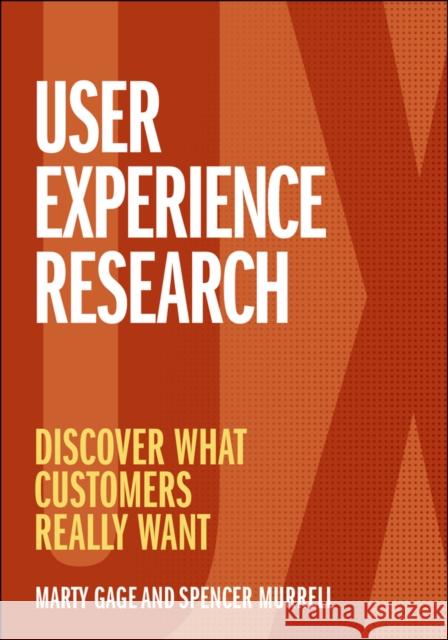User Experience Research: Discover What Customers Really Want » książka
topmenu
User Experience Research: Discover What Customers Really Want
ISBN-13: 9781119884217 / Angielski / Miękka / 2022 / 272 str.
Kategorie:
Kategorie BISAC:
Wydawca:
John Wiley & Sons Inc
Język:
Angielski
ISBN-13:
9781119884217
Rok wydania:
2022
Ilość stron:
272
Oprawa:
Miękka
Wolumenów:
01
Dodatkowe informacje:
Wydanie ilustrowane











